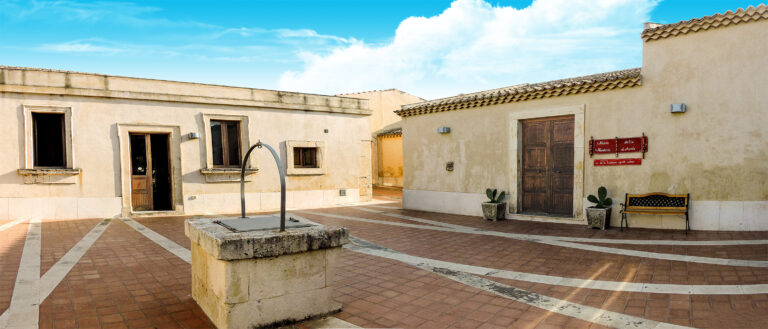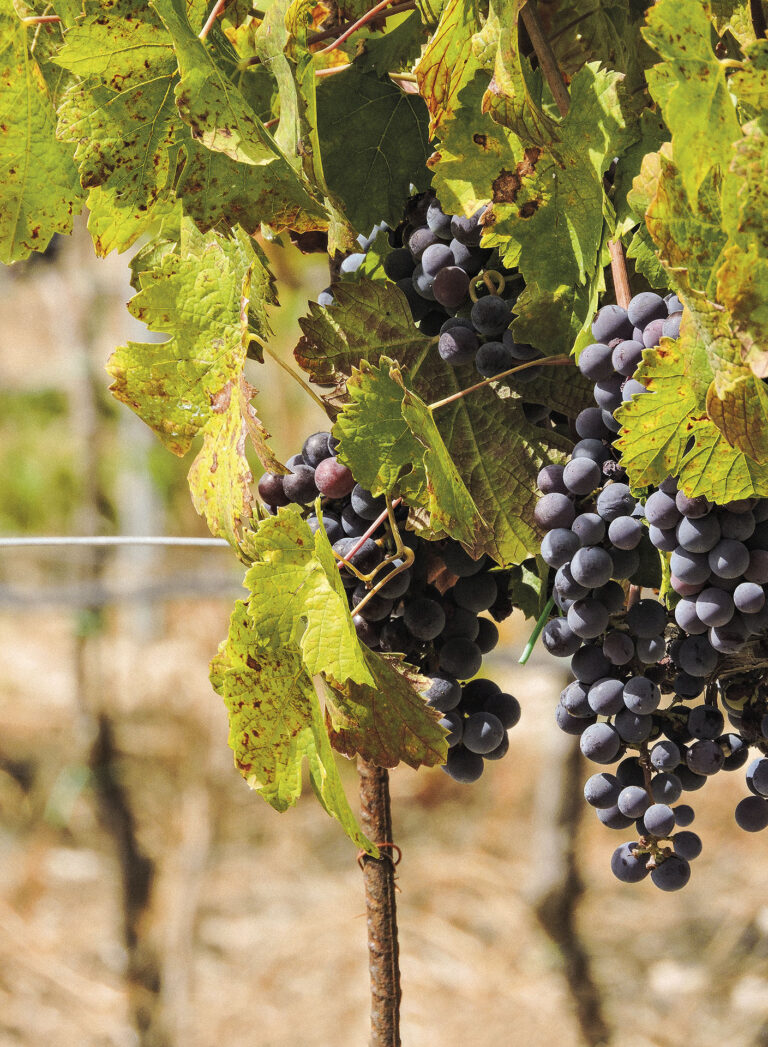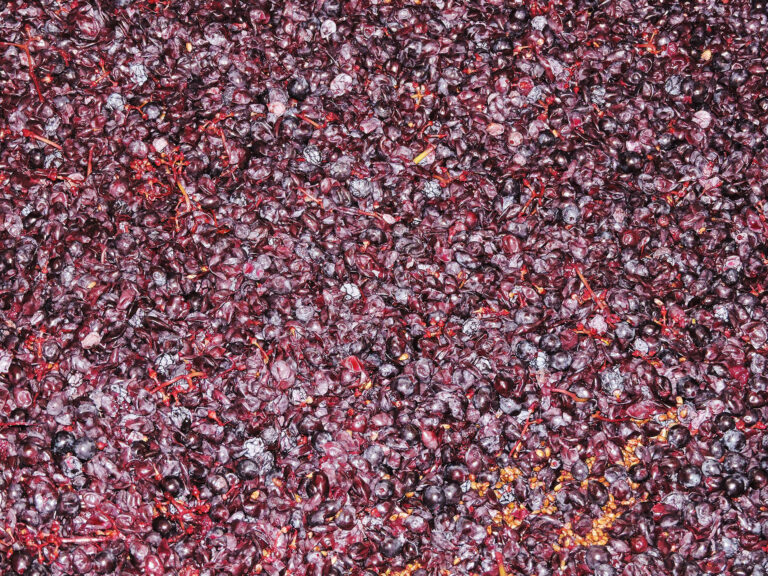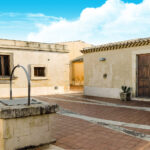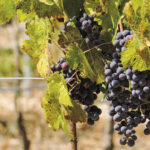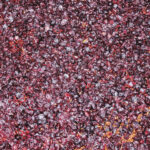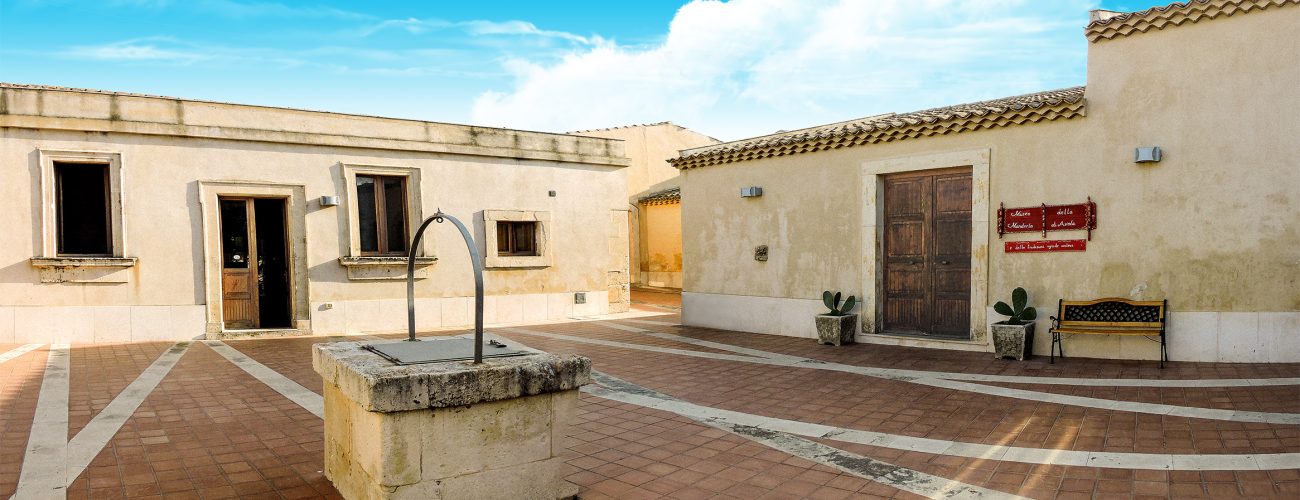
The farmhouse and agricultural activities
The building that most characterized the Iblean landscape, before the important urbanization that took place starting from the sixties of the twentieth century, was the farmhouse: a large rural residence with rooms used as residences and other rooms functional to agricultural activities such as harvesting and processing of wheat, olives, almonds and vines, but also the breeding of sheep, goats, poultry and rabbits.
These structures were almost always made of limestone and wood; with limestone ashlars, a material easily available on site or in the surrounding quarries, the wall parts were made but also the door and window jambs, the arches of the porticoes, the paving stones and the thresholds, whereas wood was used for the construction of mezzanines (the taulati) and fixtures, to cover the various rooms, and in some cases to create dividing walls. Generally the farms were protected by high perimeter walls without openings, and had a single entrance protected by a large wooden door or an iron gate.
Even today in the Avolese area, there are these types of buildings of considerable volume and extension, some of them are abandoned, others have been restored and repurposed.
The nineteenth-century farmhouse in via G. La Pira, renovated at the beginning of the 2000s, once surrounded by cultivated land, is divided into various rooms that overlook the interior of a courtyard (where the cistern is present), some had a residential function, others were stables, warehouses and still others were used for the production of wine and oil. Part of the farm housed the wine mill (u parmentu) and the oil mill (u trappitu), structures used respectively for the first phases of wine and oil production.
In ancient times the processing of grapes took place inside the tubs of the wine mill, arranged on three levels: the harvested grapes, inside large baskets of woven reeds and thin olive branches (the cuveddi ri carricu) were poured into the first level, that is, the beating area, and here the pistaturi, or workers assigned to crushing the grapes, wearing bolted boots, rhythmically crushed the grapes.
The liquid part, the must, which resulted from this operation flowed into the fermenters, the tanks on the second level, with barrel vaults, where it remained for twenty-four or forty-eight hours, together with the pomace (paste). Subsequently, the liquid, through drainage holes, flowed into the underground tanks (the ditches). The pomace, which remained in the middle tanks, was recovered and pressed with a press; from this phase, a particularly tannic liquid was produced which was
added to the must found in the lower tanks. In conclusion, the must was poured into small barrels (carrateddi) to be transported to the cellars.
As regards the production of olive oil, the fruits were subjected to pressing, or the crushing of the olives through the use of the grindstone formed by a vertical millstone which rotated around an axis on another millstone placed horizontally, generally the rotation movement was given by animal traction, in fact a mule or a horse was used. Around the horizontal millstone there was a large circular edge made with limestone ashlars inclined towards the inside, unfortunately this band is not visible today in the mill present in the room. The operations were carried out by a worker called u masciu di pala, who poured the olives from the external part to the internal part with a wooden shovel, and made sure that the paste produced was suitable for the next phase, pressing in the press. In this phase the mass was placed inside the crow’s nests, containers made with woven rush leaves, and with a central hole, to be expertly placed in a pile.
The squeezing of the paste was carried out three times, in fact after each pressing in the press, the mass returned to the grinder again, to then return to the crows and be squeezed again. Naturally, the processing waste was also reused to produce other products (such as soap) or was sold. The oil, for domestic use, was stored inside jars, ceramic pottery whose interior was made waterproof.

